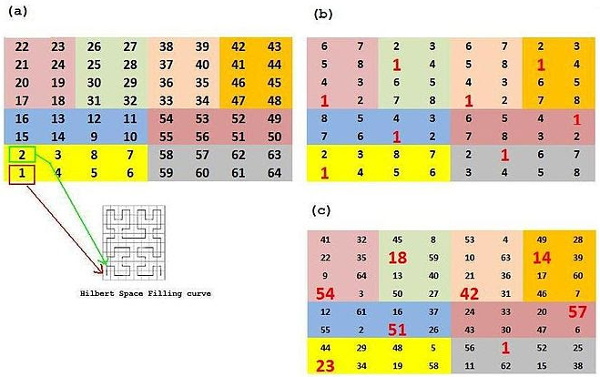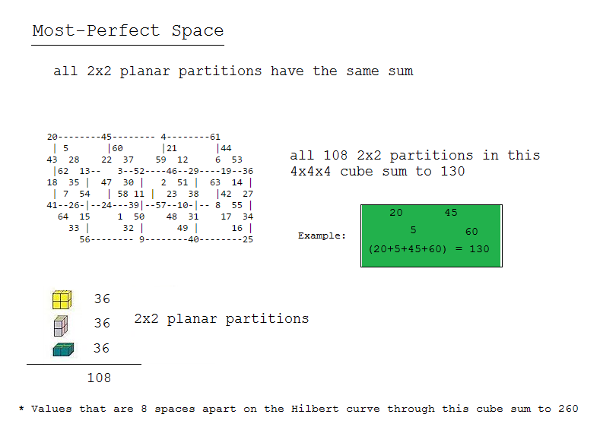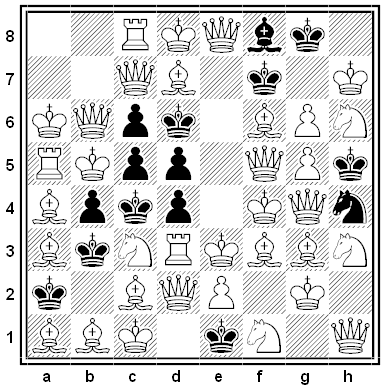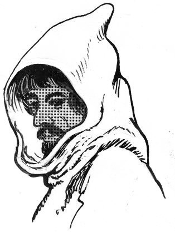
When I was 10 years old, a time machine appeared in my bedroom and my older self emerged and tried to kill me. He failed, of course, as his own existence must have shown him he would. But ever since I’ve wondered: This means that someday I myself must travel back to that bedroom and try to kill my younger self. And why would I ever do that?
This is not a logical or a metaphysical problem, but a psychological one. I can imagine being someday so depressed or ashamed or angry at myself that I’m motivated to travel back and try to erase my own existence. But I already know that the gun will jam. What earthly reason, then, could I have to go through the motions of a failed assassination? (Certainly we can imagine cases of amnesia, mistaken identity, etc., where such an action would make sense, but we’re interested in the basic straightforward case in which a time traveler interacts with his younger self — which surely would happen if time travel were possible.)
It seems that I must be motivated, somehow, in order for the appointment to take place, and yet the motivation seems to have no source. “In the present case, we have actions coming from nowhere, in the sense that no one decides, in the usual way, to perform them (or decides that they should be performed), and yet they are performed nonetheless,” writes University of Sydney philosopher Nicholas J.J. Smith. “The psychology of self-interaction is essentially different from that of interaction with others — because the former, but not the latter, involves the problem of agents knowing what they will decide to do, before they decide to do it.”
(Nicholas J.J. Smith, “Why Would Time Travelers Try to Kill Their Younger Selves?”, The Monist 88:3 [July 2005], 388-395.)








